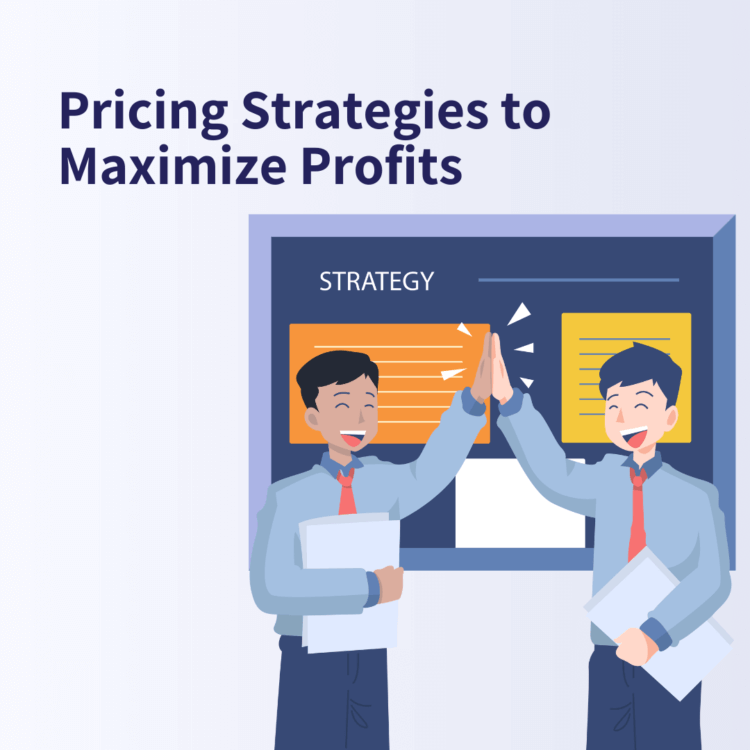Cost-Plus Pricing:
Determine the cost of production, including materials, labor, and overhead.
Add a predetermined profit margin to arrive at the selling price.
This approach ensures you cover costs and generate a profit.
Value-Based Pricing:
Set prices based on the perceived value of your product or service to the customer.
Consider the benefits, features, and unique selling propositions that set your offering apart.
Customers are often willing to pay more if they perceive a higher value.
Competitive Pricing:
Monitor competitors’ prices and set your prices in line with or slightly below their offerings.
This strategy aims to capture market share by offering similar products or services at competitive prices.
Skimming Pricing:
Initially set a high price for a new product or service.
Target early adopters and customers willing to pay a premium.
Gradually lower the price to attract more price-sensitive segments of the market.
Penetration Pricing:
Introduce a new product or service at a low price to quickly gain market share.
As market share increases, consider raising prices over time.
Dynamic Pricing:
Adjust prices in real-time based on market demand, competitor pricing, and other factors.
Common in e-commerce and industries with rapidly changing market conditions.
Bundle Pricing:
Offer multiple products or services as a package at a lower price than the sum of individual prices.
Encourages customers to buy more and can increase the average transaction value.
Price Discrimination:
Charge different prices to different customer segments based on their willingness to pay.
Common in industries like airlines, hotels, and e-commerce.
Psychological Pricing:
Set prices just below round numbers (e.g., $9.99 instead of $10.00) to create the perception of a lower price.
Use this strategy to make the price seem more affordable.
Geographic Pricing:
Adjust prices based on the location or region of the customer.
Consider factors like shipping costs, local market conditions, and competition.
Loss Leader Pricing:
Offer a product or service at a loss or minimal profit to attract customers.
Aim to make a profit on complementary or upsell products.
Price Optimization Software:
Subscription or Recurring Revenue Model:
Offer subscription-based pricing for ongoing access to products or services.
This model can provide a predictable and recurring revenue stream.
Price Testing:
Loyalty Programs and Discounts:
Reward repeat customers with loyalty programs, discounts, or exclusive pricing to encourage repeat business and customer retention.
When implementing pricing strategies, it’s important to consider your target market, product positioning, and your business goals. Regularly review and adjust your pricing strategy based on market changes, customer feedback, and financial goals to ensure ongoing profit maximization. Additionally, be cautious about pricing too low, as it may impact your profitability in the long run.










No Comments
Leave Comment